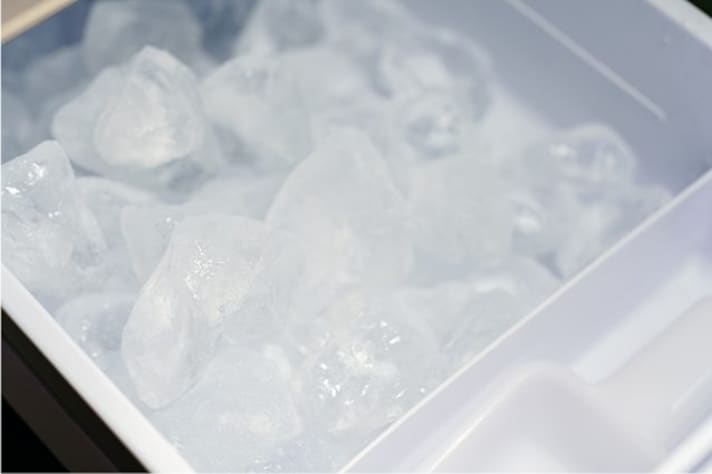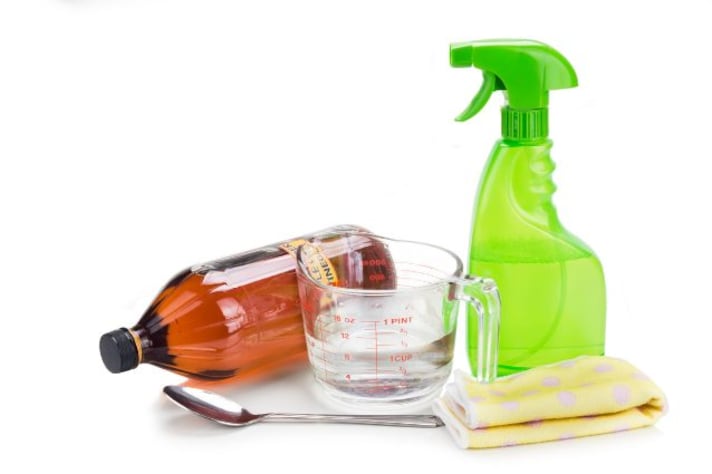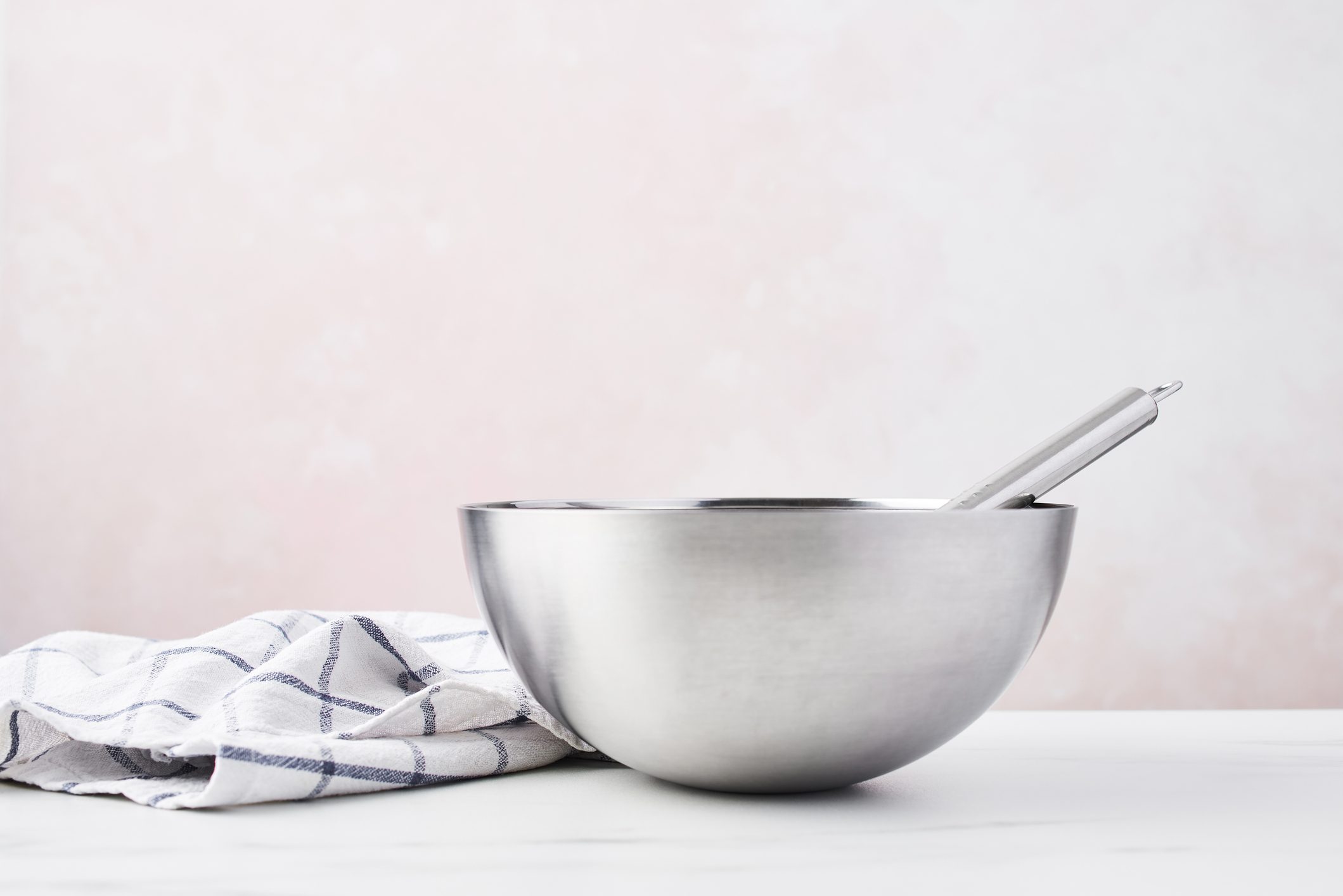How to Clean Your Countertop Ice Maker: the 8 Step-By-Step Guide to Perfectly Clean Ice Makers!
Keep your ice maker in top shape with regular cleaning, every six months or when you notice bad odors or reduced ice production. Use mild soap, warm water, or natural solutions like vinegar and lemon juice. Follow our step-by-step guide to clean and disinfect all parts. For mold, use vinegar or a mild bleach solution.

Ah, summer. The season where our drinks are no longer just drinks—they're icy, refreshing life-savers. We owe a lot to the humble ice maker, a nifty invention that has truly revolutionized our beverage experience. But like any hero, our ice maker needs a little TLC to keep performing its best. After all, it comes into contact with water, which means mold, stains, and other unpleasant things can sneak in and mess with our precious ice. And nobody wants that, right?
How Often Should You Clean Your Ice Maker?
Ice makers, whether portable or countertop, should be cleaned regularly. Ideally, you should aim for a thorough cleaning every six months. However, if you notice any unusual odors, changes in ice taste, or a decrease in ice production, it's time to clean it up sooner. Remember, a clean ice maker is a happy ice maker.
What You'll Need for Cleaning
To get started on your ice maker cleaning journey, you’ll need a few essentials. Here’s your shopping list:
- Mild dish soap
- Soft cloth or sponge
- Warm water
- A toothbrush or small soft brush
- Towel for drying
If you're into DIY or prefer natural solutions, you can use:
- White vinegar
- Lemon juice
- Baking soda
These items are usually found in your kitchen and can be effective in cleaning and deodorizing your ice maker.

A Step-by-Step Guide to Cleaning Your Ice Maker
Now, let's dive into the nitty-gritty of cleaning your ice maker. Follow these steps, and you'll have your appliance sparkling clean in no time.
- Safety first! Make sure your ice maker is turned off and unplugged from the power source.
- Empty the ice bin and drain any remaining water from the reservoir.
- If your ice maker has removable parts, take them out. This typically includes the ice bin, water reservoir, and any other detachable components.
- Wash the removable parts in warm, soapy water. Use a soft cloth or sponge to scrub away any grime. Rinse thoroughly and let them dry.
- Use a soft cloth dipped in a mixture of warm water and mild dish soap to wipe down the interior surfaces of the ice maker. For stubborn spots, a toothbrush can help get into the crevices.
- Rinse the interior with clean water and dry thoroughly with a towel. Make sure no soapy residue is left behind. Once everything is dry, reassemble the parts back into the ice maker.
- If your ice maker has a cleaning cycle, run it according to the manufacturer's instructions. This helps flush out any remaining residues.
- For a final rinse, you can run a batch of ice using fresh water and discard it to ensure any lingering cleaning agents are completely removed.
Can You Use Vinegar Instead of Cleaning Products?
Absolutely! Vinegar is a fantastic natural cleaner and can be used as a substitute for commercial cleaning products. To use vinegar, mix equal parts white vinegar and water. Follow the same steps as outlined above, using the vinegar solution in place of soapy water. Vinegar is effective at removing mineral deposits and killing mold spores without harming your ice maker. Plus, it's eco-friendly and cost-effective.

What to Do If You Find Mold in Your Ice Maker
Finding mold in your ice maker can be a bit alarming, but don't panic. Here's what you need to do. As always, start by turning off and unplugging the ice maker, put on gloves and a mask to protect yourself from mold spores. Then, remove all detachable parts and clean them thoroughly with a mixture of warm water and white vinegar or lemon juice. Scrub away any visible mold, Once you're done, wipe down the interior of the ice maker with a vinegar solution. For persistent mold, you can use a solution of 1 tablespoon of bleach per gallon of water. Rinse well with clean water. Finally, make sure all parts and the interior are completely dry before reassembling and using the ice maker again.
;Resize,width=767;)
;Resize,width=712;)


